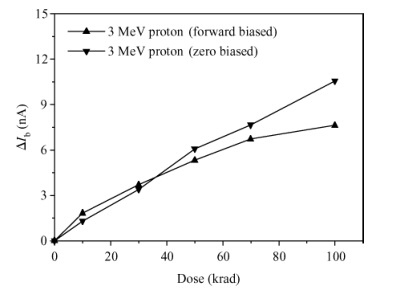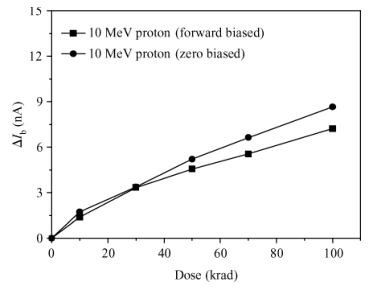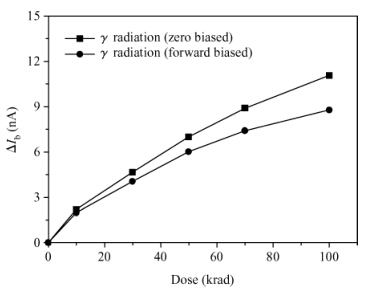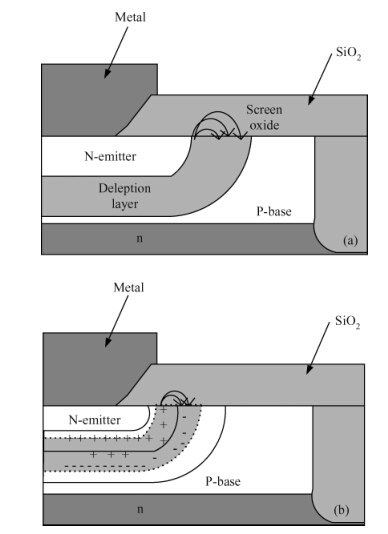| Citation: |
Xiuwen Bi, Hailian Liang, Xiaofeng Gu, Long Huang. Design of novel DDSCR with embedded PNP structure for ESD protection[J]. Journal of Semiconductors, 2015, 36(12): 124007. doi: 10.1088/1674-4926/36/12/124007
****
X W Bi, H L Liang, X F Gu, L Huang. Design of novel DDSCR with embedded PNP structure for ESD protection[J]. J. Semicond., 2015, 36(12): 124007. doi: 10.1088/1674-4926/36/12/124007.
|
Design of novel DDSCR with embedded PNP structure for ESD protection
DOI: 10.1088/1674-4926/36/12/124007
More Information
-
Abstract
A novel dual-directional silicon controlled rectifier(DDSCR) device with embedded PNP structure(DDSCR-PNP) is proposed for electrostatic discharge(ESD) protection, which has greatly reduced latch-up risk owing to the improved holding voltage(Vh). Firstly, the working mechanism of the DDSCR-PNP is analyzed. The theoretical analysis indicates that the proposed device possesses good voltage clamp ability due to the embedded PNP(PNP_2). Then, experimental devices are fabricated in a 0.35μm bipolar-CMOS-DMOS process and measured with a Barth 4002 transmission line pulse testing system. The results show that the Vh of DDSCR-PNP is much higher than that of the conventional DDSCR, and can be further increased by adjusting the P well width. However, the reduced leakage current(IL) of the DDSCR-PNP shows obvious fluctuations when the P well width is increased to more than 12μm. Finally, the factors influencing Vh and IL are investigated by Sentaurus simulations. The results verify that the lateral PNP_2 helps to increase Vh and decrease IL. When the P well width is further increased, the effect of the lateral PNP_2 is weakened, causing an increased IL. The proposed DDSCR-PNP provides an effective and attractive ESD protection solution for high-voltage integrated circuits. -
References
[1] [2] [3] [4] [5] [6] [7] [8] [9] [10] [11] -
Proportional views






 DownLoad:
DownLoad:


















